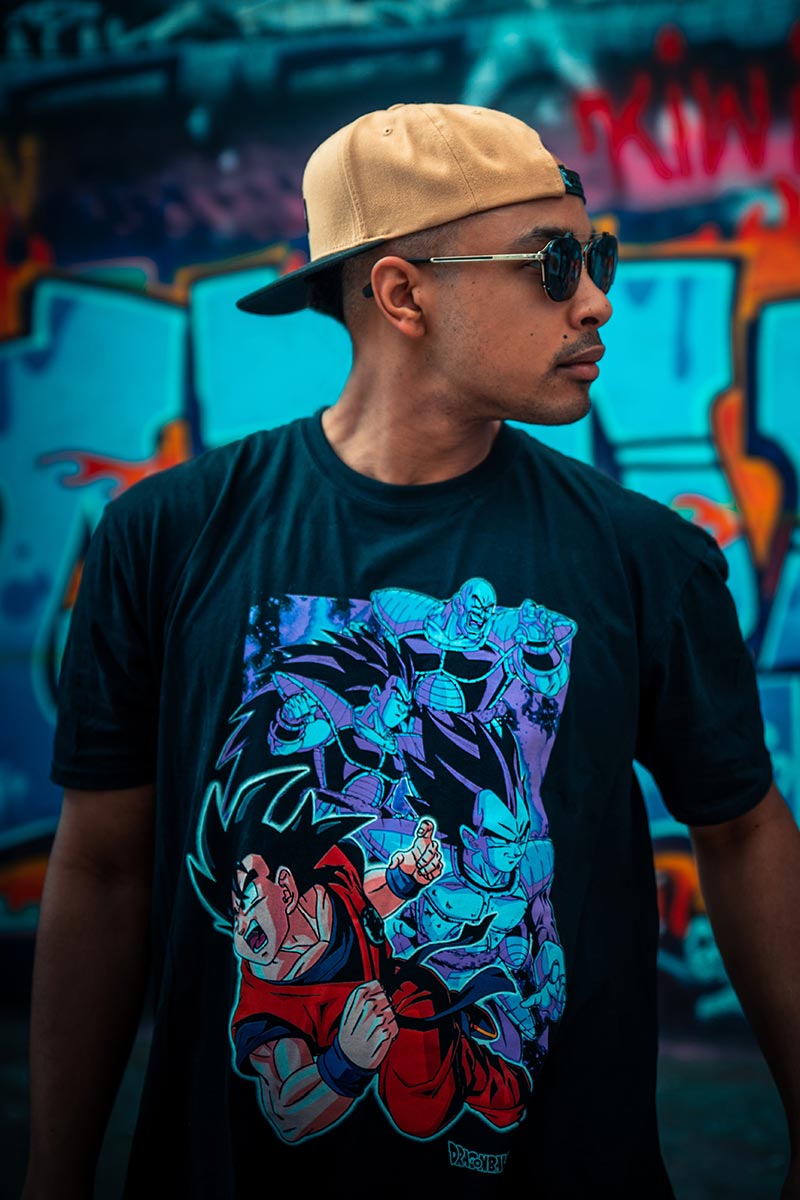DTF Printing Revolution: Releasing Creativity in Textile Design and Production
DTF Printing Revolution: Releasing Creativity in Textile Design and Production
Blog Article
Ultimate Guide to DTF Printing Methods for Stunning Textile Styles
Embarking on the journey of grasping DTF printing strategies can open a world of possibilities for producing aesthetically captivating textile styles. As the fabric sector proceeds to advance, staying ahead of the contour with cutting-edge printing approaches is important. In this guide, we will check out the complex information of DTF printing, from realizing the basic basics to unraveling progressed shade strategies that can boost your layouts to brand-new elevations. Keep tuned as we look into the subtleties of selecting the appropriate products, improving the printing process, and overcoming usual obstacles to attain sensational outcomes.
Understanding DTF Printing Basics
DTF printing, a procedure that includes transferring layouts from an unique film to fabrics utilizing heat and pressure, creates the foundation of textile printing strategies. This ingenious method enables top notch, lively designs to be seamlessly transferred onto numerous materials with precision and information. The very first step in DTF printing involves producing or choosing a design that will be printed onto the fabric. This style is then printed onto a special film using a DTF printer, which makes use of details dyes or pigments to guarantee color precision and toughness.
The last outcome is a magnificent, long-lasting textile design that is washable, flexible, and resistant to fading. In general, comprehending the fundamentals of DTF printing is crucial for understanding this modern-day fabric printing strategy.
Picking the Right Fabric Products
Having established the fundamental principles of DTF printing techniques for fabric designs, the following vital consideration depends on picking the ideal fabric products to complement this innovative process effectively. The success of a DTF print largely depends on the compatibility in between the picked material and the printing technique. When choosing textile products for DTF printing, it is vital to think about the material's composition, weave, and appearance. Fabrics that function well with DTF printing include polyester blends, spandex, nylon, and other artificial products. These fabrics generally have a smooth surface area that enables comprehensive and vivid prints. In addition, the stretchability of these materials can accommodate the warmth transfer process involved in DTF printing without misshaping the style. It is advisable to stay clear of natural fibers such as cotton or silk, as they might not produce the same degree of print clearness and resilience. By picking the ideal textile products, designers can take full advantage of the potential of DTF printing to develop magnificent and resilient textile styles.

Mastering the Printing Refine
To succeed in DTF printing methods for textile styles, grasping the printing procedure is essential for accomplishing constant and high-quality outcomes. The printing procedure in DTF includes numerous vital actions that call for precision and attention to detail. First of all, preparing the artwork for click over here now printing is vital. This includes making sure the style is appropriately sized and placed for the fabric. Next off, the layout is published onto an unique DTF movie using a compatible printer with the best settings to accomplish optimum shade vibrancy and clarity (DTF Printing). Once the design is printed, it is then transferred onto the fabric using a heat press maker. The temperature level, stress, and duration of heat application should be meticulously regulated to ensure appropriate bond of the style to the fabric. In addition, grasping the peeling off procedure after warm pressing is crucial to stop any type of damage to the layout or textile. By refining each of these action in the printing process, developers can continually generate durable and magnificent fabric designs with DTF printing strategies.
Enhancing Layouts With Color Strategies

Additionally, trying out shade gradients can bring a sense of motion and fluidity to the style. By blending colors flawlessly, a slope impact can be accomplished, including a vibrant and contemporary touch to the textile style. Furthermore, using color blocking techniques can create striking and bold visuals by juxtaposing different solid shades in distinctive areas of the style.
Furthermore, incorporating metal or neon shades can supply a captivating and special element to the fabric style, making it stick out and radiate a sense of vibrancy. When purposefully applied, these here color strategies can raise the overall aesthetic allure of fabric designs, making them more memorable and exciting.
Troubleshooting Common DTF Printing Issues
After discovering various shade methods to boost fabric styles, it is crucial to resolve common DTF printing issues straight from the source that may occur during the production process. Furthermore, concerns with photo quality and sharpness can take place due to low-resolution images or inappropriate printing techniques. By being aware of these common troubles and implementing the necessary troubleshooting actions, you can boost the total high quality of your DTF printed textile layouts.
Verdict
In final thought, mastering DTF printing methods is essential for developing spectacular fabric designs. With method and attention to information, one can develop stunning and unique fabric layouts utilizing DTF printing strategies.
)))))
DTF printing, a procedure that entails transferring layouts from a special film to fabrics making use of warm and stress, creates the foundation of textile printing strategies.Having established the fundamental concepts of DTF printing techniques for textile styles, the following crucial factor to consider exists in selecting the proper fabric materials to complement this innovative procedure effectively. By choosing the right fabric materials, developers can optimize the potential of DTF printing to create spectacular and resilient textile styles.
To stand out in DTF printing strategies for fabric layouts, mastering the printing process is vital for attaining top notch and regular outcomes. DTF Printing. By sharpening each of these actions in the printing procedure, developers can continually generate magnificent and durable fabric layouts with DTF printing strategies
Report this page